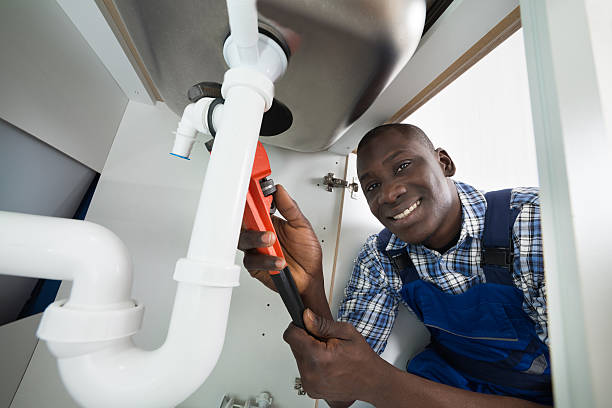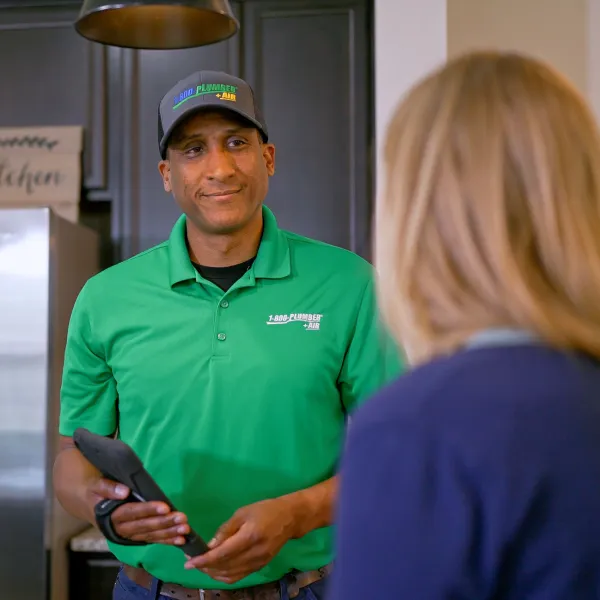Premier Plumber Alabaster AL Ready to Offer You Anytime
Premier Plumber Alabaster AL Ready to Offer You Anytime
Blog Article
A Step-by-Step Guide to Efficient Hot Water Heater Installation for Optimal Efficiency
Beginning on the job of setting up a water heating system is a venture that demands accuracy and a systematic technique for attaining ideal efficiency. As you continue, the complexities of attaching water supply lines and setting up trustworthy electric or gas connections await, encouraging understandings into making certain efficiency and dependability.
Selecting the Right Water Heater

Following, take into consideration the size and capability of the hot water heater. It's vital to examine your house's warm water demands, which can vary based upon the number of residents and their use patterns. A device that's also small may result in inadequate warm water, while a large model might lead to unneeded power intake.
Performance rankings also play a pivotal duty in selection. Search for hot water heater with high Energy Factor (EF) ratings, indicating remarkable performance and minimized energy usage. Tankless designs, though normally much more expensive in advance, offer considerable energy financial savings over time due to their on-demand home heating abilities.
Preparing the Installment Location
Prior to setting up a brand-new water heating system, precise prep work of the setup area is important. It's critical to determine the space meticulously to suit the water heating unit's dimensions, making sure sufficient clearance around the device for efficient procedure and servicing.
Check the floor for stability, as the water heater will need a solid, level surface to operate successfully. If essential, mount a drip frying pan under the device to capture possible leakages or spills, protecting against water damages to the surrounding location.
Furthermore, ensure that all necessary tools and products get on hand prior to beginning the setup. This includes items such as wrenches, screwdrivers, a level, and any added equipment required for securing the heating system and placing. A well-prepared setup area sets the structure for an effective water heating unit configuration, enhancing performance and safety and security.
Connecting Water Lines
When attaching water system lines to your newly installed water heating system, it is essential to make sure that all connections are secure and leak-free to keep effective procedure and protect against water damage. Begin by identifying the cool and hot supply of water lines. The cool water inlet is commonly marked with a blue label or a "C", while the hot water electrical outlet is marked with a red tag or an "H".
Use adaptable water heating system adapters to assist in a less complicated installation procedure. Prior to affixing the adapters, put a plumber's tape around the threaded ends of the water heating unit's inlet and electrical outlet pipelines.
As soon as connections are in location, slowly switch on the major water supply valve. Check each link for leakages by aesthetically feeling and checking for wetness. Tighten connections as needed, and make certain the pressure safety valve is correctly installed, protecting against extreme pressure build-up.
Setting Up Electrical or Gas Connections
Correctly setting up the electrical or gas connections for your water heating unit is a vital action to make sure risk-free and effective operation. For electric water heaters, begin by validating that the electric circuit is suitable with the heating system's voltage and amperage needs. Make sure the power supply is turned off at the circuit breaker to stop accidents. Connect the electric cords to the heating unit following the supplier's wiring layout. Commonly, this entails linking the ground wire to the green terminal, and the continuing to be cables to their matching terminals, securing each with cord nuts.
For gas water heating units, safety is vital. Link the gas line to the water heating system using a versatile gas connector, ensuring it is properly threaded and sealed with pipeline joint compound or Teflon tape appropriate for gas links.
As soon as connections are made, check for any kind of potential leaks. For gas lines, apply a soapy water solution to the joints; bubbles show a leak. For electrical links, ascertain that all wiring is safe and effectively insulated, preserving conformity with neighborhood electric codes.
Testing and Adjusting for Performance
With the electric and gas connections securely in location, the next step is assessing the operational efficiency of your water heater. Begin by carefully transforming on the water supply and making sure there read are no leaks at any of the joints or valves.
Following, do a thorough assessment to guarantee the burner or gas heaters are functioning appropriately. For electric heaters, utilize a multimeter to verify if the components are attracting the suitable current. In gas read the full info here versions, observe the burner flame; it needs to be stable and blue, indicating reliable burning.
Adjust the setups as needed to eliminate inadequacies. Think about implementing insulation actions, such as adding a water heater covering, to even more boost performance by lessening warm loss. Additionally, examine the anode rod's problem, as a scrubby pole can minimize performance and cause tank rust.
Conclusion
Effective hot water heater installment is important for ensuring ideal efficiency and energy financial savings. By selecting the proper kind and size, and thoroughly preparing the installment area, a structure for success is established. Firmly connecting water system lines and carefully establishing electric or gas links minimize prospective concerns. Comprehensive testing for leakages and specific thermostat changes to 120 ° F enhance dependability and efficiency. Following these steps advertises lasting functionality and energy conservation in property water furnace.

Effectively setting up the electrical or gas connections for your water heating unit is an important action to make certain secure and efficient operation. For electrical water heating units, begin by verifying that the electric circuit is suitable with article the heating unit's voltage and amperage demands. Connect the gas line to the water heating unit utilizing a versatile gas adapter, guaranteeing it is properly threaded and sealed with pipe joint substance or Teflon tape suitable for gas links.
Report this page